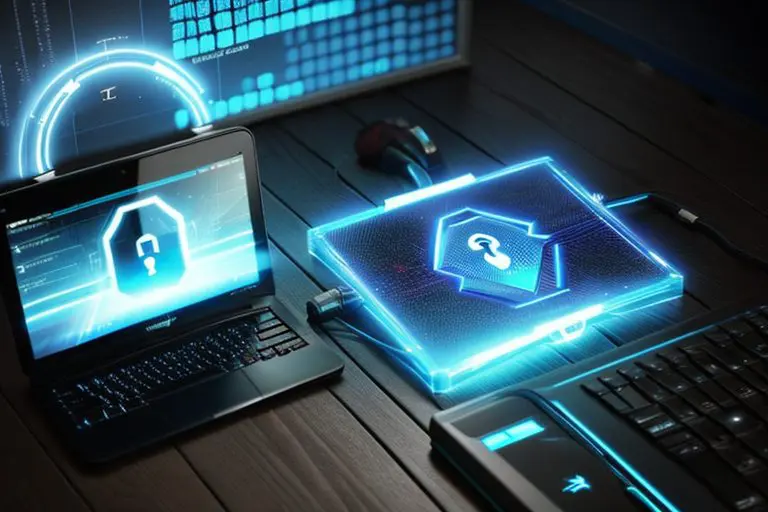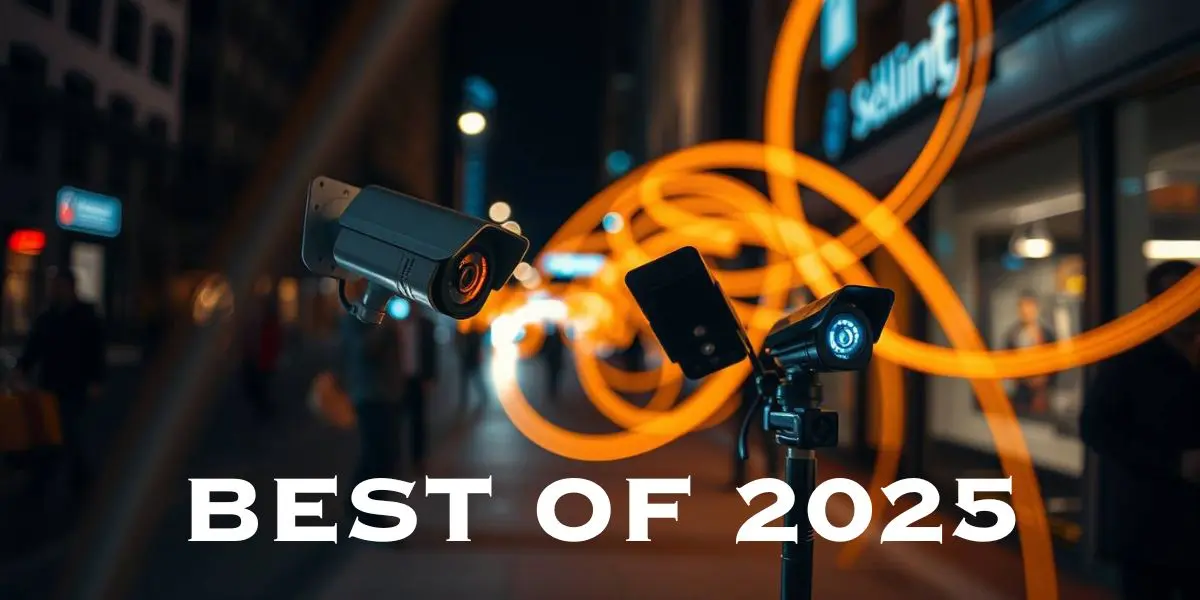In just a little over a decade ago many had never heard the term ‘Digital Footprint’. I suspect the term is much more known now, and if not by terminology definitely by concept. So what is a digital footprint? It’s much like it sounds. Just like a physical footprint leaves a trail of where we visit in the real world our digital footprint likewise does so in the virtual world. However, it’s much more telling. Because although it’s termed ‘Footprint’ it reveals much more than just where you go. It captures all you do in the virtual world. Did you hover over an ad….it captures that. Did you start to exit a page and change your mind….it captures that too. The tracking along with sophisticated programs not only monitors all you do, but also processes it and formulates personality profiles and behavioral predictors on you. Quite accurately in most cases.
The fact is, this is the world in which we live. Big Brother is a very real reality both in the form of government, but just as much so in the form of corporate overwatches. This is all fine and good, and although we may not like it, most of this is used for commercial and marketing purposes. So while they know what may incline you to make a decision the decision is still in your hands to make. It’s just business. However, there are other nefarious activities at work that we should be concerned with and do all we can to safeguard ourselves against. In this article I’m going to help lay out some things you can do to help protect your digital footprint.
In this day and age it is critical that you stay abreast of potential threats to your online security and privacy. While some may opt to go completely off grid (as best they can and believe capable) most of us can’t or choose not to as we welcome the benefits of the technology and aren’t ready to give them up. The goal should be to enjoy the benefits and mitigate the risk as best we can. Fortunately there are a number of ways we can do just that. Thereby helping to mitigate the chance of identity theft, online coercion and other traps we don’t want to fall into. So without further ado let’s delve into the world of digital survival and cover some topics like secure password management, protecting personal information, and safeguarding against cyber-attacks.
The first place to start when risk mitigating is identifying the threats and understanding them better. In our case we need to understand the various online threats we face on a daily basis. Some of the more common cyber threats that exist are Hacking, Phishing, and malware so let’s go ahead and quickly define those.
Hacking, in the context of computer security, refers to the unauthorized access or manipulation of computer systems or networks. It involves using technical skills and knowledge to exploit vulnerabilities in computer systems, software, or networks to gain unauthorized access, steal information, disrupt operations, or cause damage. Hackers, also known as “cybercriminals,” employ various techniques and tools to breach security measures and gain control over targeted systems.
Phishing is a form of cyber attack where attackers impersonate legitimate organizations or individuals to trick people into revealing sensitive information, such as usernames, passwords, credit card details, or personal data. This is typically done through deceptive emails, messages, or websites that appear to be from a trusted source. The goal of phishing is to manipulate individuals into unknowingly providing their confidential information, which can then be used for fraudulent purposes, such as identity theft or financial fraud. It is important to be cautious and skeptical of unsolicited emails or messages, avoid clicking on suspicious links, and verify the authenticity of websites before sharing any personal or sensitive information. This is one that get’s a lot of people. You’ve certainly encountered it if you spend anytime online at all. Social media is ripe with it. A common technique is to create a Mirror Social Media Profile of an actual person. Copy their photos, etc.. Then friend the real person’s friends. Engage in chat with them and from there run the scam, whether it is to solicit information or money. Obviously understanding this threat exist you should be very cautious on your interactivity with others on the net. Something as simple as a few questions that only your friend would know about you before accepting the friend request can help to ensure you’re not befriending a fake account. And even with your actual network you should safeguard personal information you share in the digital world. While you may not mind your friend having it, it’s important to recognize that there is always the potential for compromise and leakage of your digital traffic.

Malware, short for malicious software, is a type of software specifically designed to harm or exploit computer systems, networks, or devices. It is created by cybercriminals with the intent to gain unauthorized access, steal sensitive information, disrupt operations, or cause damage to computer systems. Malware can take various forms, including viruses, worms, Trojans, ransomware, spyware, adware, and more. It can be spread through infected email attachments, malicious websites, compromised software, or even through physical media such as USB drives. Once installed on a system, malware can perform a range of malicious activities, such as stealing passwords, logging keystrokes, encrypting files, or even taking control of the entire system. It is important to have up-to-date antivirus and security software, regularly update software and operating systems, and exercise caution when downloading files or clicking on links to protect against malware threats. If you suspect your system may be infected with malware, it is crucial to take immediate action to remove it and mitigate any potential damage.
These threats can lead to severe consequences, including identity theft, financial loss, and reputational damage. By being aware of these risks, we can take proactive measures to protect ourselves. So let’s get into some more of those measures to help you secure your digital footprint.
Secure Password Management: This is one that so many people do poorly. There is a good chance that you have that one (or a couple) password that you use for everything. This is a big risk. One of the most critical aspects of digital survival is managing our passwords effectively. Strong and unique passwords are essential for securing our online accounts. We should avoid using easily guessable passwords and consider utilizing a password manager to generate and store complex passwords securely. For instance one I like is Sticky Password.Password managers not only make it easier to manage multiple accounts but also provide an extra layer of protection in that they allow you to easily use heavily secure passwords with ease. I mean let’s be honest, I can’t personally keep up with numerous 24 string character passwords without some help.
Protecting Personal Information: Safeguarding our personal information is vital to maintaining our digital privacy. We should be cautious about sharing sensitive information online, such as our full names, addresses, and financial details. It is crucial to review privacy settings on your respective social media platform and limit the amount of personal information we share publicly. By being mindful of what we disclose online, we can reduce the risk of identity theft and unauthorized access to our personal data. It’s really worth diving into social media a little more here. Most people now days have at least one social media account, and likely use a number of them for their online activity. There is nothing inherently wrong with that, but you should be cautious of not only the public information available on your profile, but also your social media post as well. Don’t post personal details or personal info as that information visibility is not only limited to the one you happen to be chatting with. All of this activity becomes part of your active footprint on the web and collectively this digital trail can create vulnerabilities in your for your personal security.
Safeguarding Against Cyber-Attacks: Being able to recognize signs of potential cyber-attacks is crucial for digital survival. Suspicious emails, unexpected pop-ups, and unusual account activity can be indicators of a security breach. To protect ourselves, we should install reputable antivirus software, regularly update our devices and apps, as well as exercise caution in what you download and click on.
Navigating the Digital Landscape with Confidence: To navigate the digital landscape with confidence, education is key. Staying informed about the latest online security trends and best practices is essential. Additionally, utilizing security tools and technologies such as firewalls, virtual private networks (VPNs), and two-factor authentication can significantly enhance our online safety. Practicing safe browsing habits, such as avoiding suspicious websites and not sharing sensitive information over unsecured networks, is also crucial for digital survival and protecting your online identity.
Protecting Your Digital Footprint in the Long Run: Digital survival is an ongoing process. Regularly monitoring and reviewing our online presence can help you identify and address any potential vulnerabilities. Managing our online accounts and permissions, as well as regularly updating our privacy settings, is essential. By taking proactive measures to protect our digital identity, we can maintain control over our online presence and reduce the risk of unauthorized access to our personal information.
Conclusion: In today’s digital world, protecting our electronic footprint is of utmost importance. By understanding the potential threats, implementing secure password management practices, safeguarding personal information, and staying vigilant against cyber-attacks, we can enhance our digital survival skills. Remember, digital survival is an ongoing journey, and by staying informed and proactive, we can navigate the digital landscape with confidence and minimize our exposure on the dark web.
I hope you find this article helpful in raising awareness about digital survival and protecting your digital footprint. If you have any further questions or need additional assistance, feel free to reach out. Stay safe and secure in the digital world!






























